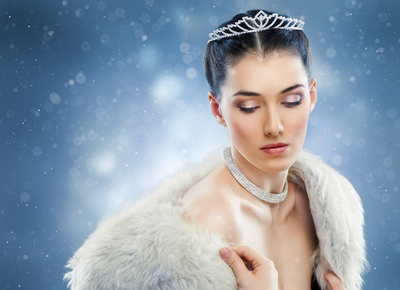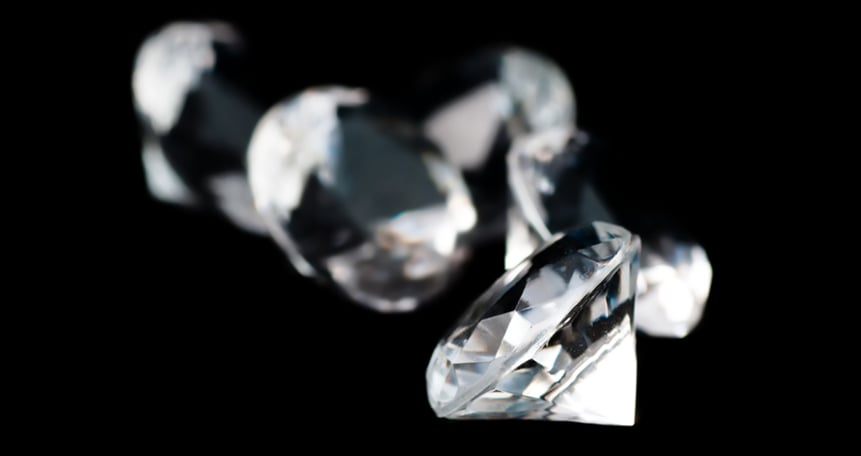Colour is Overrated – Especially When You’re Talking Diamonds!
A diamond’s value is determined by the 4Cs: Cut, Carat Weight, Colour, and Clarity. In our series on buying the perfect diamond jewellery we have already discussed the importance ofCut and Carat Weight. Certainly those are important, but it’s a combination of all factors that really determines the value of your stone. Colour and Clarity are what make a diamond a real statement piece.
COLOUR ME BEAUTIFUL
Perhaps counter-intuitively, colour in diamonds refers to the relative lack of colour. The less colour a diamond has the more valuable it tends to be. Diamond colour is graded on an alphabetic scale with “D” being the most prized, colourless. Stones with a “D” ranking are rare and extremely valuable. In May, 2013 the largest ever colourless diamond offered at auctionwas sold at a sale in Geneva for a record £17.46 million.
Despite the intrinsic value of a colourless stone, coloured diamond jewellery is making an appearance on the fingers and throats of celebrities looking to separate themselves from the ordinary. Heidi Klum’s 10-carat diamond engagement ring was a stunning canary diamond worth upwards of £97,000. Fittingly, Freida Pinto turned heads on the red carpet at the 69th Annual Golden Globes with a stunning yellow-diamond bib necklace.
Who knows diamonds better than royalty right? European royals over the centuries have had a fascination with coloured stones:
- Catherine the Great of Russia’s Imperial scepter is graced by the nearly 200-carat bluish-green Orlov Diamond
- Elizabeth II received the Williamson Pink Diamond as a wedding gift
- The French King Louis XIV purchased the Tavernier Blue Diamond, better known as the Hope Diamond in the 17th century

ON A CLEAR DAY YOU CAN SEE FOREVER
Clarity refers to the blemishes on the surface and the inclusions (flaws caused by air bubbles, cracks, etc.) within a stone. The fewer of these there are, the more valuable the diamond. Most diamonds that “regular folk” buy are rated an SI1, meaning that there are inclusions visible to a trained examiner but the stone is still lovely and provides good value for the money.
Of course, “good value for the money” will not do for the celebrities of this world. When money is no object, blemishes and inclusions have no place. Diamonds of exceptional clarity can be found adorning the rich and famous.
Kim Kardashian’s engagement ring is considered flawless – seriously, would Kanye do any less? Not surprisingly, the diamond ring Jay Z gave to Beyonce is also noted for its exceptional clarity.
But leave it to the ultimate star to have the ultimate flawless diamond. The 69.42-carat pear-shaped Taylor-Burton diamondimpressed even jewellery impresario Harry Winston, who said of it, “I don’t think there have been half a dozen stones in the world of this quality.” Elizabeth Taylor had the diamond set in a necklace with several hundred smaller stones.
THE BEST OF BOTH CS
It is rare to find a stone that is “perfect”, i.e., with perfect colour AND no blemishes or inclusions. One such rare diamond is the De Beers Centenary Diamond. Found in 1986, it was kept under wraps as it was cut. It was insured for £65 million in the mid ‘80s. De Beers will not reveal if the stone has ever been sold… But owning such a diamond would likely be hard to keep a secret! What do you think?
Here’s something that’s not a secret: our #EternityProposal contest? Your proposal picture or video could win you a gorgeous diamond eternity ring! Enter here today – and tell a friend!




